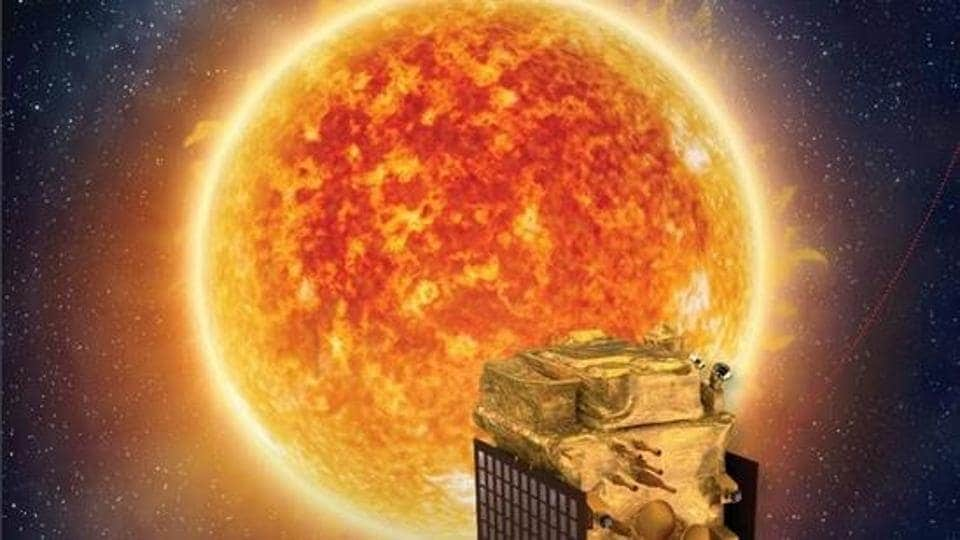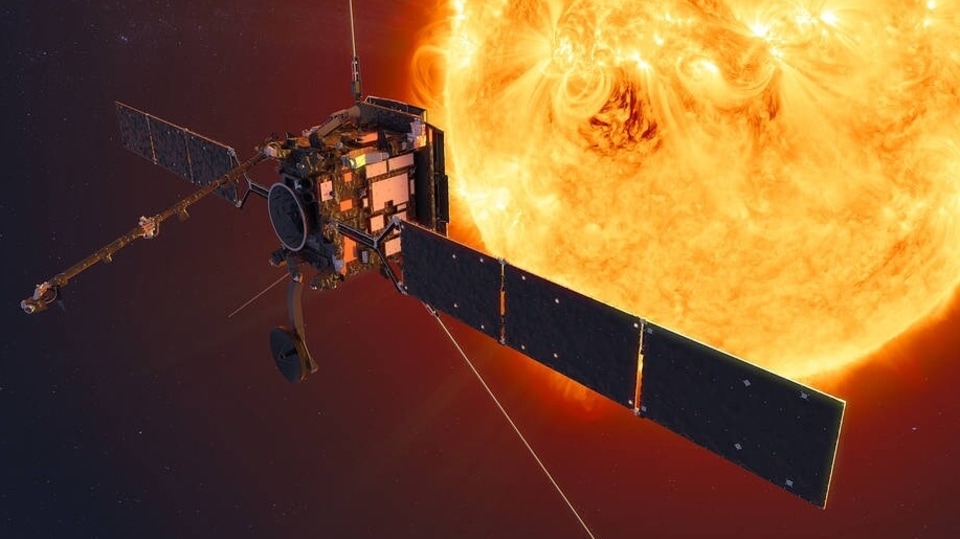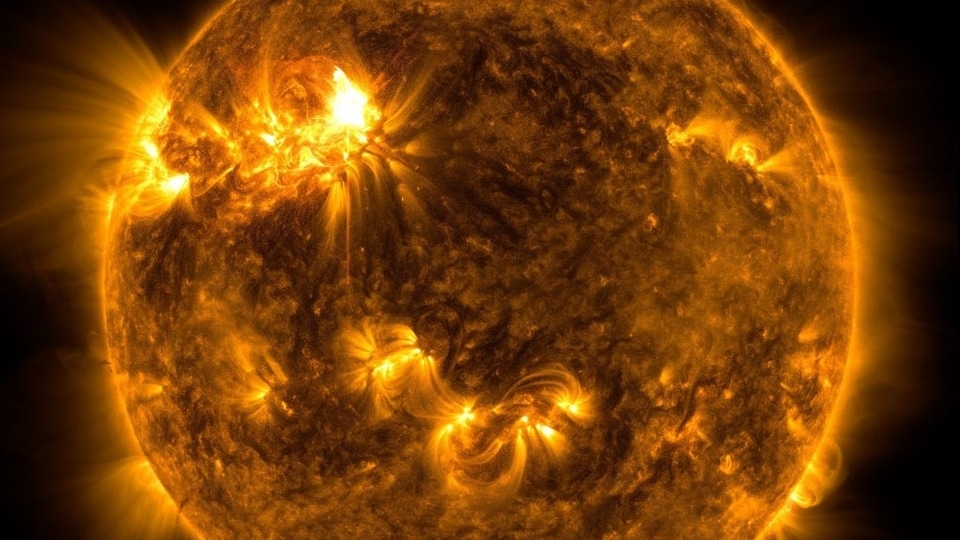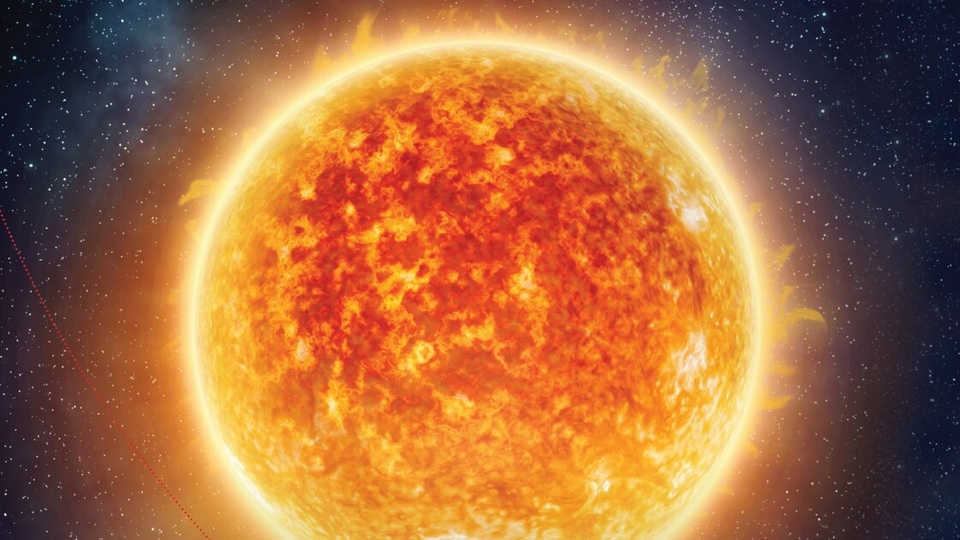ISRO's Aditya-L1 mission could reveal the Sun's secrets
India’s first space-based observatory-class solar mission could prove to be a turning point in the study of the Sun when it lifts off on September 2. Here’s what we know about it.






 View all Images
View all ImagesFirst the Moon and now, India targets the Sun. ISRO recently created history with its Chandrayaan-3 mission when it successfully achieved a soft landing on the South Pole of the Moon, becoming the first nation in the world to do so. While not just India but the whole world is applauding the efforts of the Indian Space Research Organisation (ISRO), the space agency is already looking forward to the launch of its next historic mission. Named Aditya-L1, this mission will conduct a thorough study of the Sun with a spacecraft placed in the halo orbit.
India's first space-based observatory-class solar mission could prove to be a turning point in the study of the Sun when it lifts off on September 2 from the Satish Dhawan Space Centre in Sriharikota, according to Dr. Shanti Priya, Head of Department Astronomy at Osmania University in Hyderabad.
Speaking to ANI, Dr. Priya said, “Sun is the most mysterious object we know. We are all dependent directly or indirectly on the Sun. Mission to Sun is the most challenging thing. India is now in the race of space missions, and this mission will be a turning point in the study of the Sun”.
Why is Aditya-L1 important?
Aditya-L1 will be the first observatory-class space-based solar mission carried out by the Indian space agency. The spacecraft will be placed in a halo orbit around the first Lagrange point (L1) of the Sun-Earth system, which is about 1.5 million kilometers from Earth. According to ISRO, this placement will give the spacecraft an unobstructed view of the Sun, without getting affected by periodic eclipses or occulations.
The spacecraft will carry seven payloads - Visible Emission Line Coronagraph (VELC), Solar Ultra-violet Imaging Telescope (SUIT), Solar Low Energy X-ray Spectrometer (SoLEXS), High Energy L1 Orbiting X-ray Spectrometer (HEL1OS), Aditya Solar wind Particle EXperiment (ASPEX), Plasma Analyser Package for Aditya (PAPA), and Magnetometer (MAG).
All these instruments are expected to play a crucial role in developing a deeper understanding of the Sun, such as the initiation of Coronal Mass Ejection (CME), and solar flares, information about coronal heating and solar wind acceleration, as well as details about the layers of the Sun including Chromosphere, Coronal layer and the Photosphere.
“With this mission we are expecting we would get more insights into the structure and energy of the Sun”, Dr. Priya added.
Catch all the Latest Tech News, Mobile News, Laptop News, Gaming news, Wearables News , How To News, also keep up with us on Whatsapp channel,Twitter, Facebook, Google News, and Instagram. For our latest videos, subscribe to our YouTube channel.






































